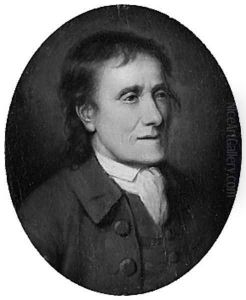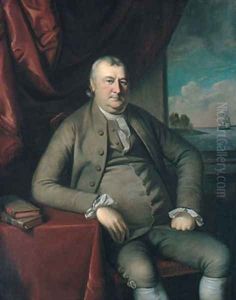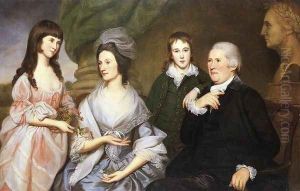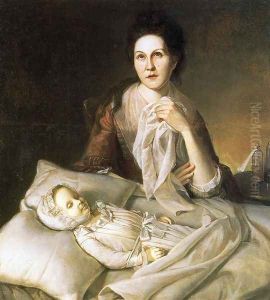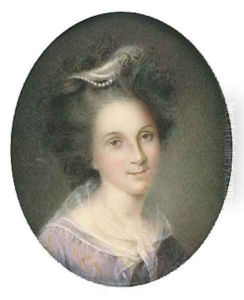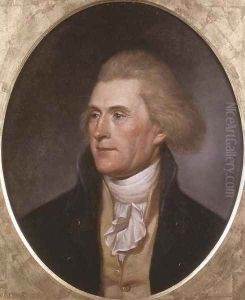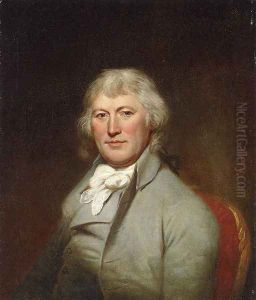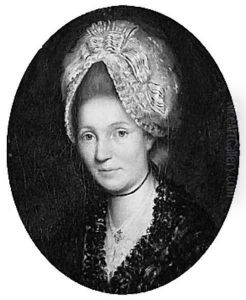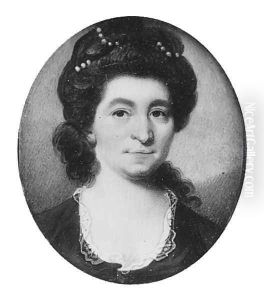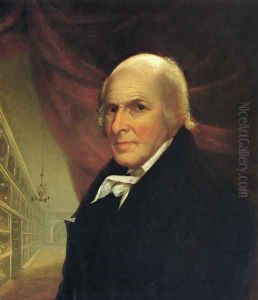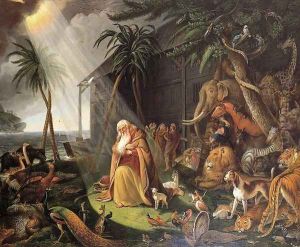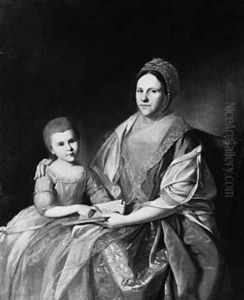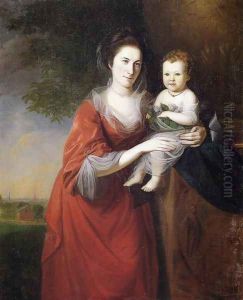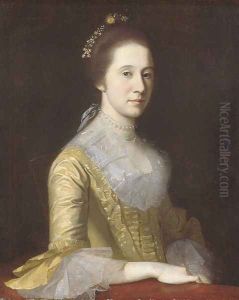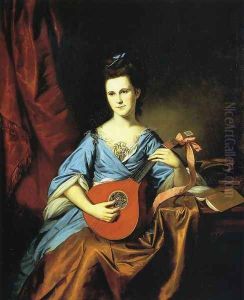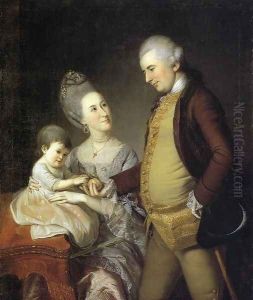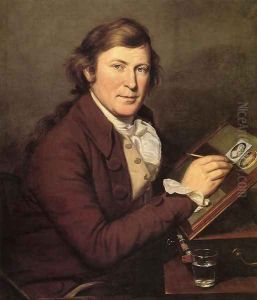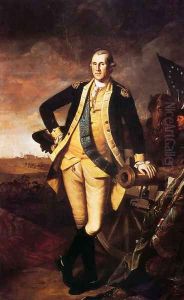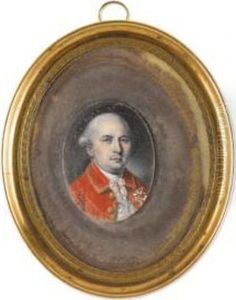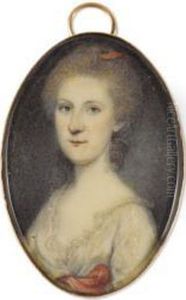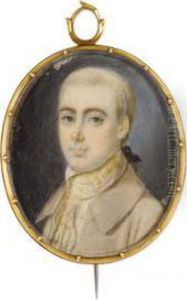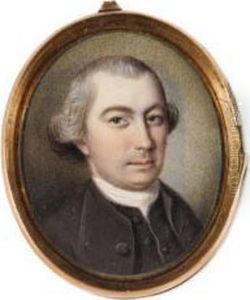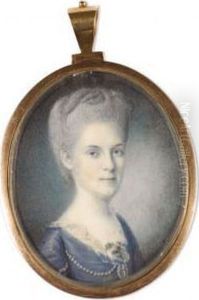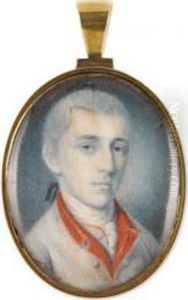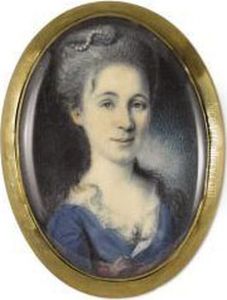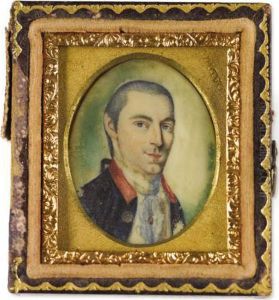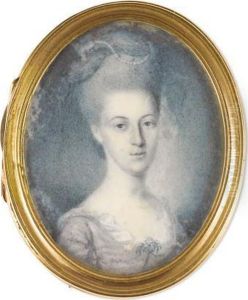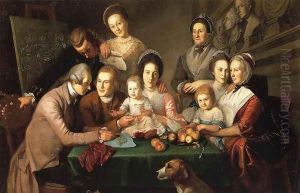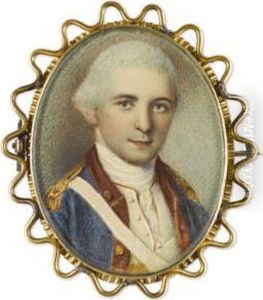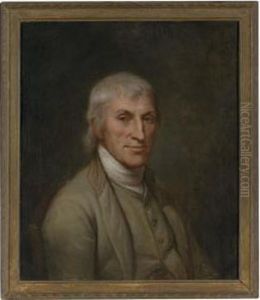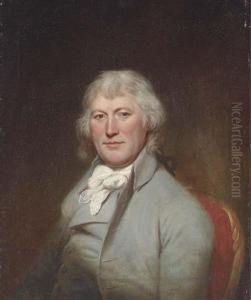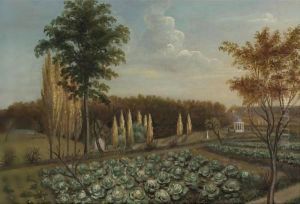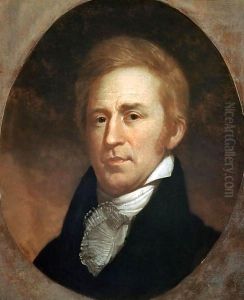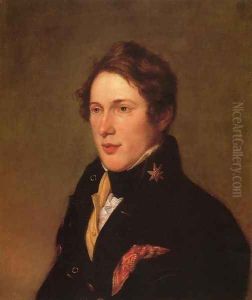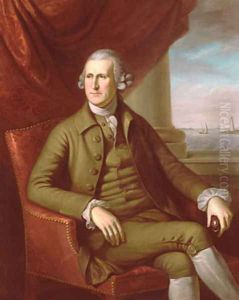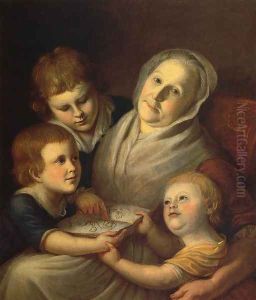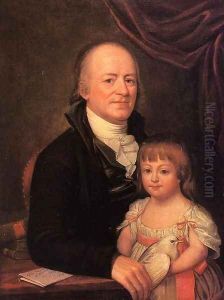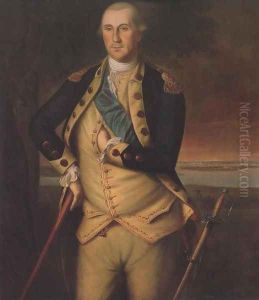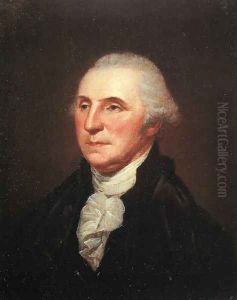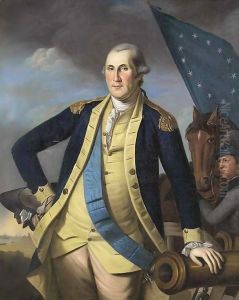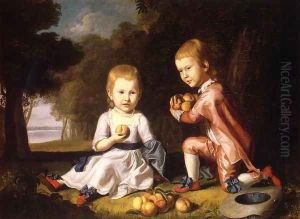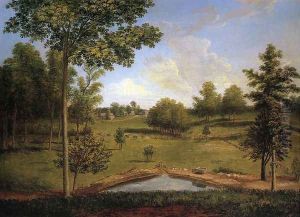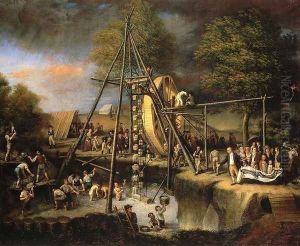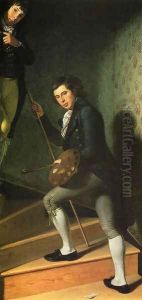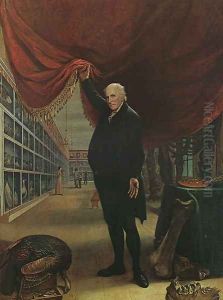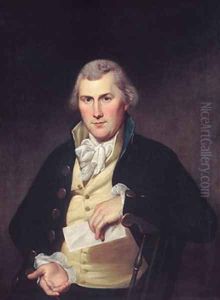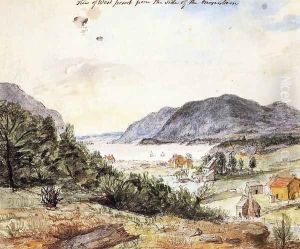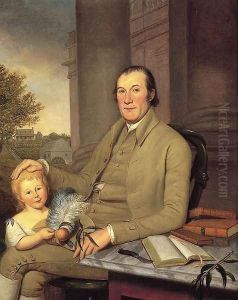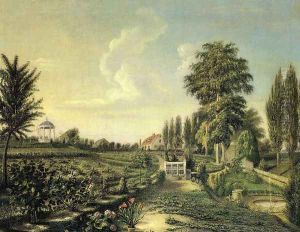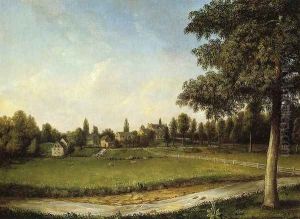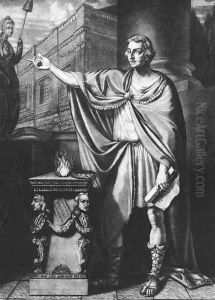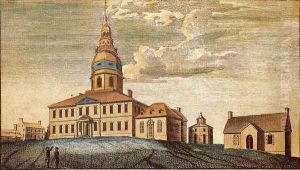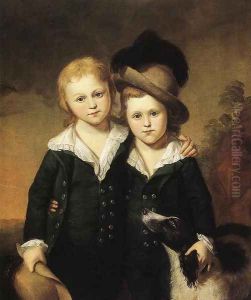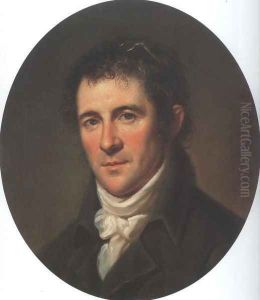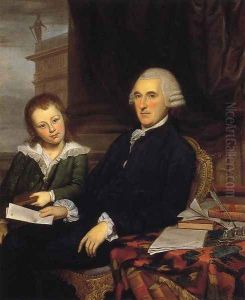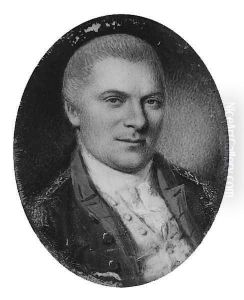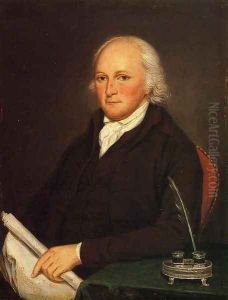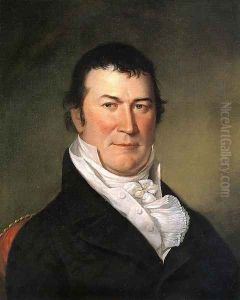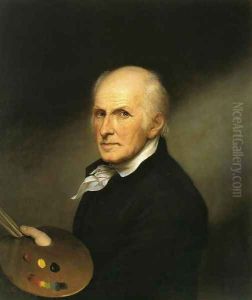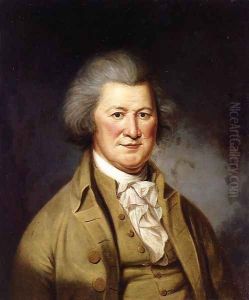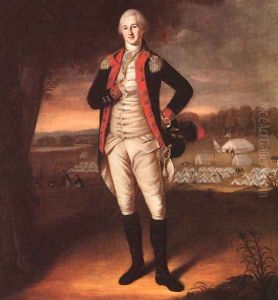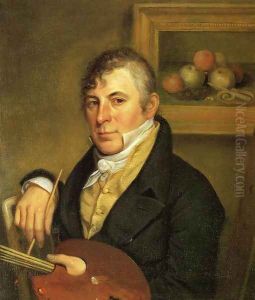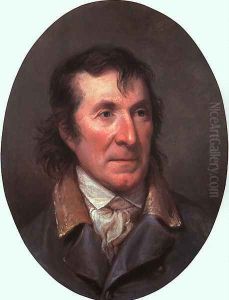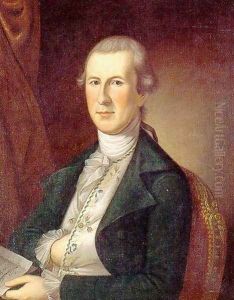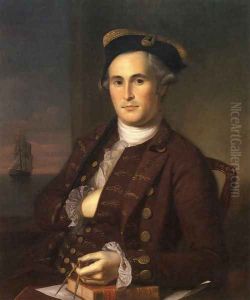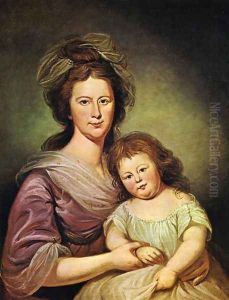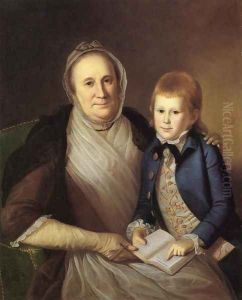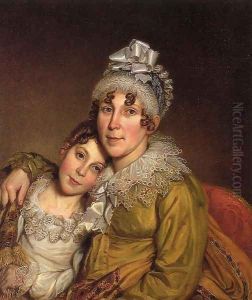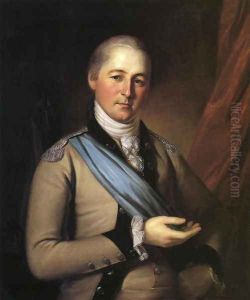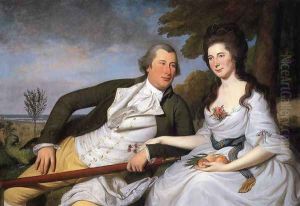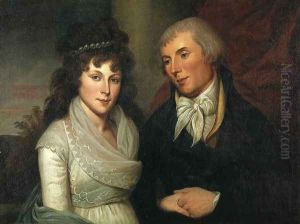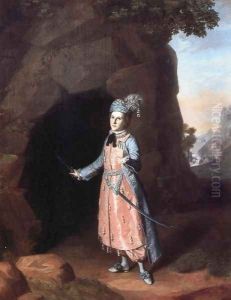Charles Willson Peale Paintings
Charles Willson Peale was an American painter, soldier, scientist, inventor, politician, and naturalist known for his portrait paintings of leading figures of the American Revolution, as well as for establishing one of the first major museums in the United States. Born on April 15, 1741, in Chester, Queen Anne's County, Maryland, Peale showed a talent for painting at an early age. Despite beginning his career as a saddle maker, Peale turned to painting, seeking apprenticeship with American portraitist John Hesselius and later with British painter Benjamin West.
Peale's artistic career was launched in the early 1770s after his return to America. He painted portraits of notable individuals such as George Washington, with whom he developed a close relationship. Peale's works were characterized by their realistic depiction and attention to detail, which was a significant departure from the more stylized portraiture of the time.
During the American Revolution, Peale served as a captain in the Pennsylvania militia. His experiences in the war influenced his art and thinking. After the war, he became an entrepreneur and founded the Philadelphia Museum, later known as Peale's American Museum. It was unique for its time for the inclusion of natural history specimens alongside works of art. Peale's interest in natural history and science led him to become an early proponent of taxonomy and the scientific method.
In addition to his artistic and entrepreneurial endeavors, Peale was also involved in politics, serving in the Pennsylvania General Assembly. He was a proponent of education and the arts and played a role in the establishment of the Pennsylvania Academy of the Fine Arts.
Peale was a dedicated family man, and he named all of his children after famous artists and scientists. He also trained his sons—Rembrandt, Rubens, and Titian Peale, among others—in the arts, creating a dynasty of painters known as the Peale family.
Charles Willson Peale's legacy is not only found in his portraits, which captured the spirit of the early United States, but also in his contributions to the American Enlightenment. His work in natural history, his efforts to make art and science accessible to the public, and his role in cultural institution-building were significant. He died on February 22, 1827, in Philadelphia, Pennsylvania, leaving behind a rich legacy as one of America's pioneer painters and museum founders.
